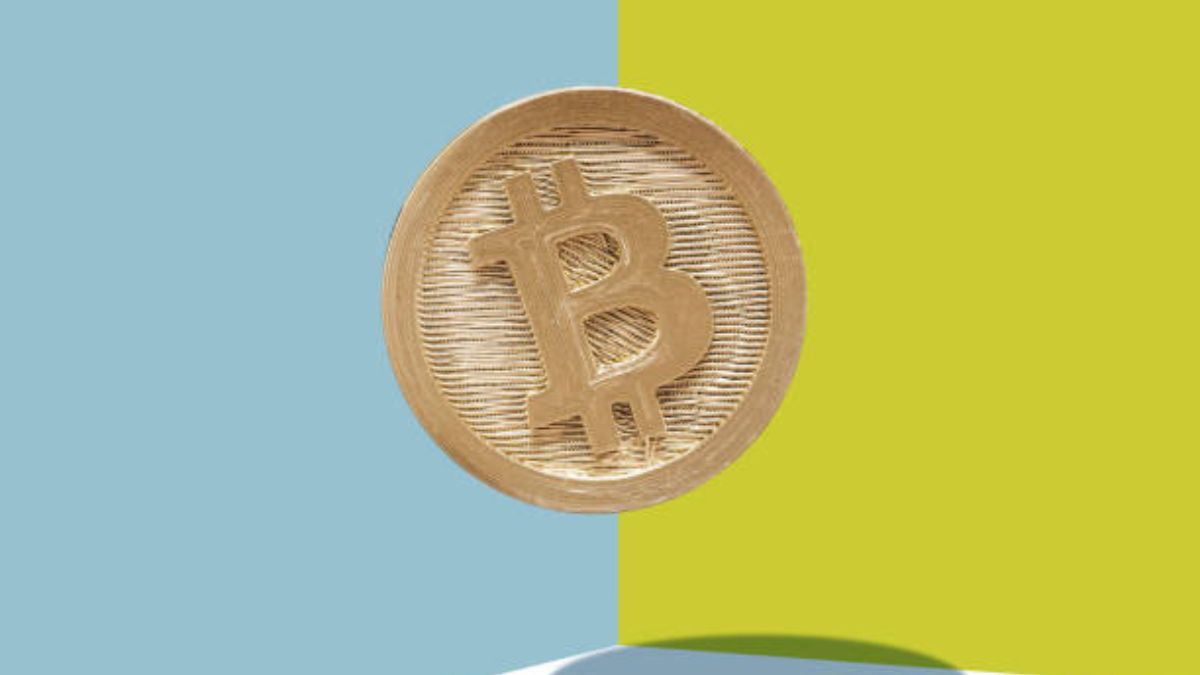
Bitcoin mining profitability refers to the potential gains (or losses) miners make from the process of validating Bitcoin transactions and securing the network.
Miners need to offset their costs to earn profits, which include the price of specialized hardware (ASICs) and the electricity used to run these machines.
As competition increases, profitability is influenced by several factors that either help or hinder miners’ ability to make money.
Key Factors That Affect Bitcoin Mining Profitability
1. Bitcoin Market Price
The price of Bitcoin is one of the most critical factors influencing mining profitability. When Bitcoin’s price rises, miners earn more from the block reward and transaction fees. Conversely, when Bitcoin’s price drops, mining can become less profitable, especially if operational costs remain high.
2. Hardware Costs
To mine Bitcoin effectively in 2024, miners need powerful ASIC machines. These specialized machines, designed for high-speed mining, come at a hefty price, often ranging from $1,000 to over $10,000. Newer, more efficient ASICs are capable of solving cryptographic puzzles faster, but they come with a higher upfront cost.
| ASIC Model | Price Range | Hash Rate (TH/s) |
|---|---|---|
| Antminer S19 XP | $8,000 – $10,000 | 140 – 150 TH/s |
| Whatsminer M30S+ | $4,000 – $7,000 | 100 – 110 TH/s |
| Antminer S19 Pro | $6,000 – $9,000 | 110 – 120 TH/s |
3. Electricity Costs
Bitcoin mining consumes a significant amount of electricity. The cost of electricity can vary greatly depending on where you live, with some regions offering lower electricity rates than others.
For instance, countries like China (historically) and Iceland have cheap energy sources, making mining more profitable there. In contrast, regions with high electricity rates can make mining unsustainable.
4. Mining Pool Participation
Solo mining is almost impossible for individual miners due to the high difficulty level and competition from mining farms. Mining pools allow miners to combine their resources and share rewards. Joining a pool increases the chances of earning a steady income, as the pooled computational power is more likely to solve a block.
5. Bitcoin Halving
The next Bitcoin halving is expected in April 2024, reducing the block reward from 6.25 BTC to 3.125 BTC. This halving event could reduce mining profitability, especially if the price of Bitcoin does not increase to compensate for the reduced reward.
Is Bitcoin Mining Still Profitable in 2024?
While Bitcoin mining remains profitable for some, the equation is more complex than it used to be. Large mining operations with access to cheap electricity and advanced ASIC machines are still able to turn a profit, but smaller, independent miners face greater challenges.
Factors like hardware efficiency, energy costs, and market conditions are critical to determining profitability.
Cost Analysis of Bitcoin Mining
To better understand the profitability of Bitcoin mining, let’s break down the typical costs involved:
| Costs | Amount |
|---|---|
| ASIC Hardware | $5,000 – $12,000 |
| Electricity (per month) | $150 – $300 |
| Mining Pool Fees | 1-3% of rewards |
| Cooling and Maintenance | $100 – $200 |
A basic cost-benefit analysis can help you decide if mining is profitable for you. For instance, if your electricity costs are higher than the revenue generated by your ASIC, mining may result in a net loss.
Tools like the BTC mining profitability calculator allow you to input variables such as electricity rates, hash rate, and Bitcoin’s price to estimate potential profits.
The Future of Bitcoin Mining
As Bitcoin’s block reward continues to decrease, miners will increasingly rely on transaction fees for revenue. This shift will affect smaller miners, who may struggle to cover operational costs unless Bitcoin’s price significantly rises.
In addition, ongoing concerns about environmental impacts and energy consumption have prompted a movement toward more sustainable mining practices, such as using renewable energy.
Conclusion: Is Mining Still Worth It?
Bitcoin mining can still be profitable, but only under the right conditions. Those with access to low-cost electricity and the latest ASIC machines stand a chance of turning a profit, particularly if Bitcoin’s price increases.
However, with the upcoming halving event in 2024, miners must carefully consider whether their investment in equipment and electricity will pay off.
Disclaimer
This article is for informational purposes only and should not be considered financial or investment advice. Always consult a professional before making any investment decisions.

